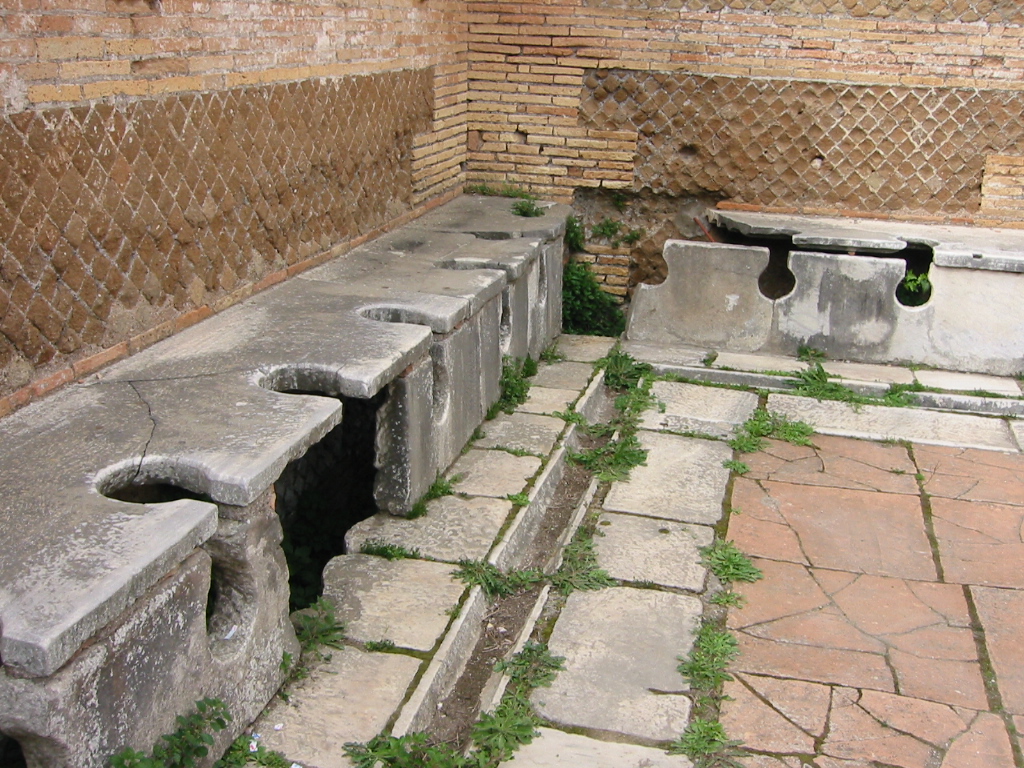HJL:
It’s an interesting topic. I have designed a solution (bad pun), acquired most of the materials but have not gotten to the installation. My plan includes collecting from the gutter down spout barrels that have a tap about two thirds of the way down and on the bottom. A tiny pinch of alum goes in before you drain to the holding tank. Crud goes out the bottom tap. The holding tank from NORESCO has roughly the dimensions of a cabinet, so you can hide it under a work bench. A cap full of bleach goes in the holding tank. I have a 12-volt pump intended for an RV and a pressure tank intended to save your battery. All this works fine on a 20-watt panel with your battery. The innovative part of the plan is to drill a second 7/8ths hole in the water closet tank bottom and install a second fill valve that is hooked to the line from the pump. My intention is to just turn off the city water and use the rain water instead with obvious advantages if there is no city water. My idea pivots on the notion that the fill valve is an acceptable separation between potable water and the waste system. The health department gets touchy when you hook an auxiliary system to their system directly. My contention would be that this would not constitute a direct connection, as there is no pressure in the water closet tank. Additionally elevation to between six and eight feet above your use point barely gets you any water pressure to run the fill valve. Lastly, removal of the connection and the capping of the fill valve inlet would never be noticed. – RV










